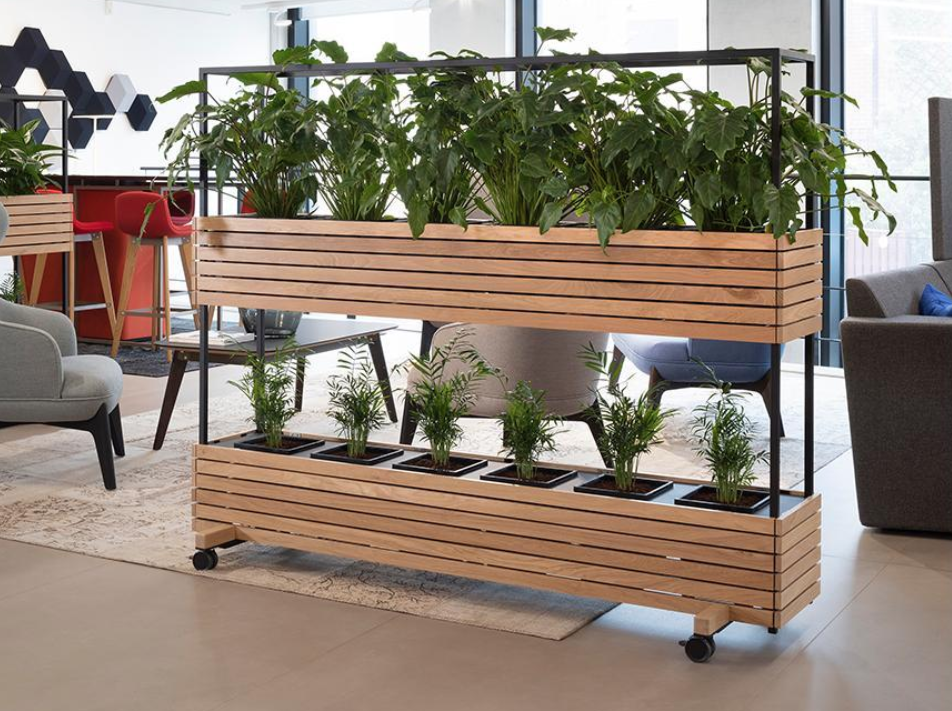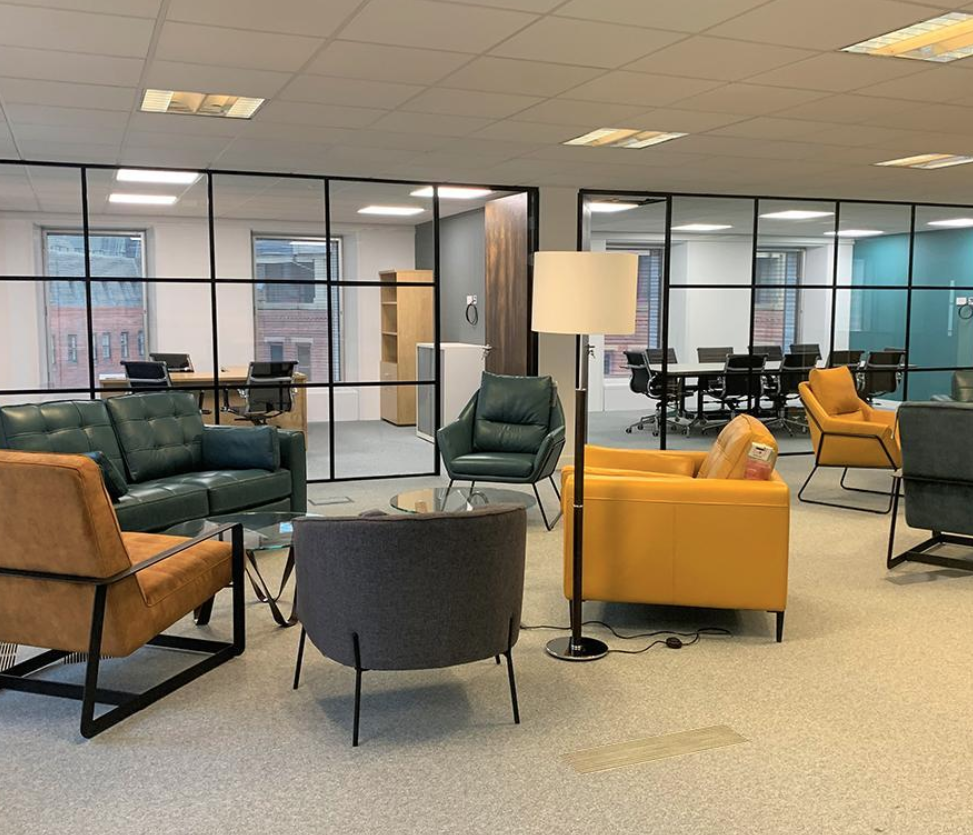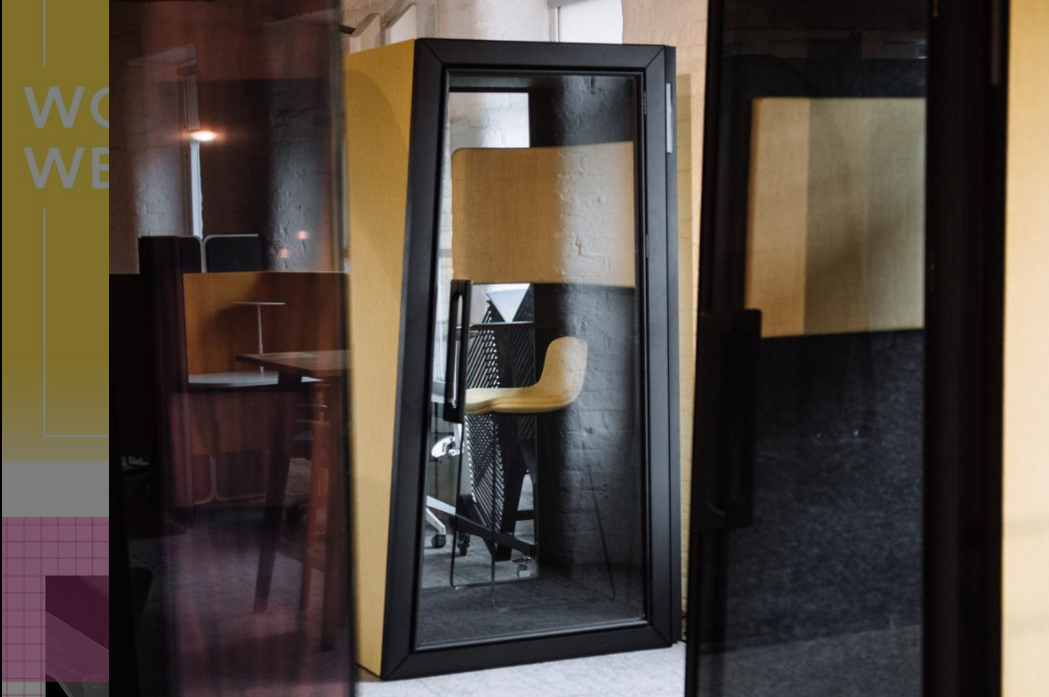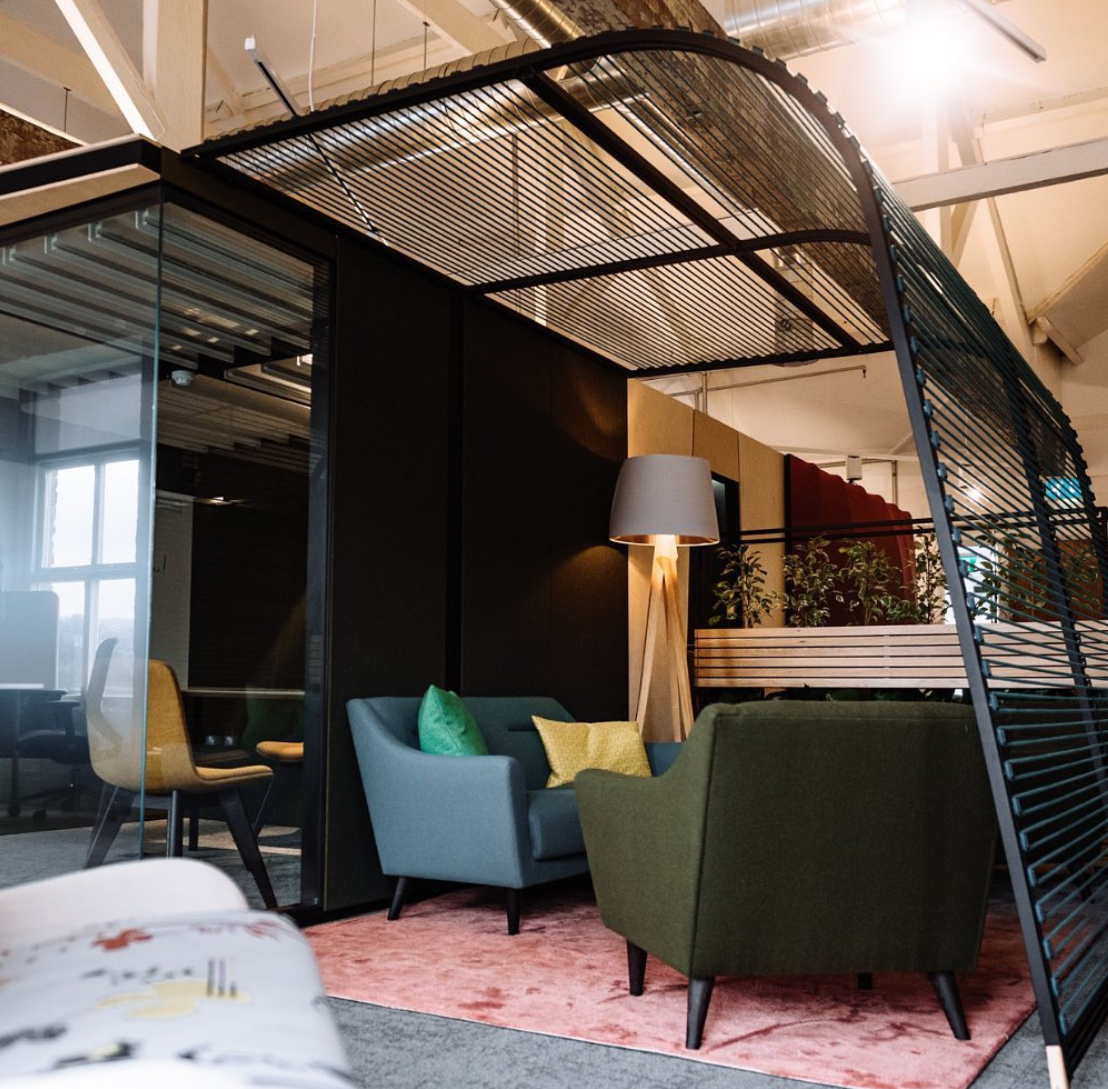Whilst government guidance states employees should continue from home where possible, the easing of lockdown restrictions means many UK offices are beginning to reopen.
For some, a return to the office and face-to-face meetings can’t come quick enough, however many workers have been left feeling anxious at the thought of sharing an office space and socialising with colleagues again.
In a recent survey carried out by the Institute of Workplace and Facilities Management, more than 1 in 5 employees (22%) said they’re not looking forward to returning to the office at all, while over one third of 18-34 year olds (34%) said they’re looking forward to returning but have reservations about it.
To combat back to work anxiety, Building Interiors have partnered with Growth Pod, a wellbeing training company, to launch the Workplace Wellbeing solution.
The Workplace Wellbeing solution aims to define, design and deliver workplaces for the future by placing wellbeing at the front and centre of all office designs.
Jeremy Poole, Sales Director at Building Interiors, commented: “Employers need to re-engage with their office spaces in order to lure their workers back and keep post-pandemic anxiety to a minimum. There are many design features that employers can incorporate into their workplaces to make them more appealing, whilst taking into account employee wellbeing. Adding greenery into an office, for example, has been shown to increase both employee productivity and wellbeing.”
As part of the Workplace Wellbeing solution, Building Interiors, in collaboration with Growth Pod, have highlighted 5 key office trends that will help to reduce employee anxiety and improve mental wellbeing.

Biophilic office designs
Investing in office greenery is a simple and often overlooked design feature. As well as being aesthetically pleasing, bringing nature indoors (known as ‘biophilic design’) can have a huge positive impact on employee wellbeing. Over the years studies have shown that biophilic office designs can benefit employee productivity, increase employee wellbeing and reduce absenteeism.
How to introduce biophilic design features into an office:
‘Resimercial’ office designs
A ‘resimercial’ office design bridges the gap between residential and commercial aesthetics by incorporating homely touches, such as creative artwork and cosy sofas, into corporate office spaces. Integrating home-like elements into workplaces has been shown to encourage a more relaxed office atmosphere and reduce employee anxiety.
How to introduce resimercial design features into an office:


Quiet nooks
Whilst collaboration and social interaction are key to a healthy office environment, many jobs need a level of quiet at some point. Quiet nooks provide private spaces for confidential work. They also provide anxious employees with a place to work away from others, whilst still being within the vicinity of colleagues.
How to create quiet nooks in an office:
Prioritise lighting
Lighting and productivity go hand-in-hand, however, not many employers take office lighting into consideration when planning their workplaces. A day without natural light can play with our circadian rhythms, our mood and our cognitive abilities. By prioritising lighting, employers can expect employees to be more productive and feel more at ease in the office.
How to effectively prioritise lighting in an office:


Breakout areas
A breakout area allows employees to spend time away from their desk and switch off. A breakout area still remains within the office, but often has a comfier and more casual look than the rest of the office. Being able to retreat to a comfortable seating area can help to reduce employee stress levels at work, whilst increasing creativity and enhancing productivity.
How to introduce breakout areas into an office:
About Building Interiors
Based in Leeds, Building Interiors are an interior fit-out, design and refurbishment company that specialise in transforming commercial spaces. Building Interiors’ professional and dedicated team ensure that all projects are tailored to their clients’ exacting business requirements and are finished both on-time and on-budget.